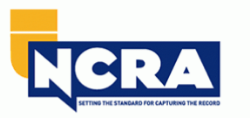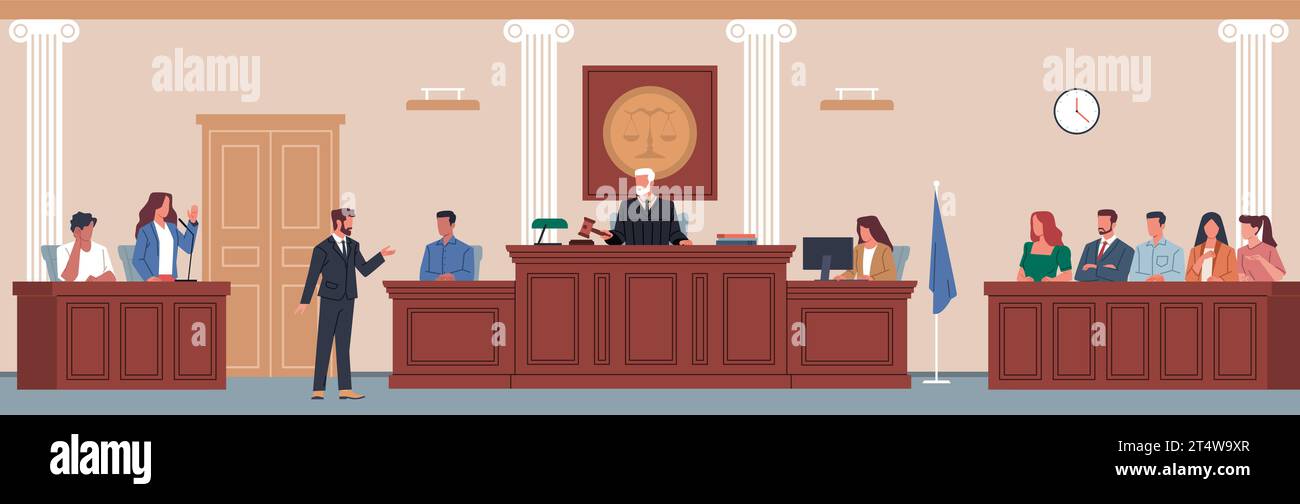Trial Presentation Reliable Solutions for Structuring and Presenting Evidence
Trial Presentation Reliable Solutions for Structuring and Presenting Evidence
Blog Article
Captivate the Jury: Important Aspects of a Powerful Test Presentation
Necessary elements such as recognizing the target market, crafting a compelling story, and mastering spoken and non-verbal interaction are critical parts of an efficient presentation. As these elements intertwine, they create a cohesive technique that not just informs however likewise involves jurors on multiple degrees.

Understanding Your Audience
Understanding your target market is a pivotal element of reliable trial discussion. A successful presentation depends upon the capability to comprehend the demographics, worths, and proneness of jurors. This comprehension educates just how debates are framed, proof exists, and psychological charms are crafted, making certain that the message reverberates with the jurors on an individual level.
Research shows that jurors come from diverse backgrounds and might have varying degrees of comprehending pertaining to legal process (trial presentation). Hence, it is critical to stay clear of lawful jargon that can push away or confuse them. Instead, employing clear, relatable language cultivates interaction and understanding. Additionally, recognizing the jurors' potential prejudices and life experiences permits the test speaker to prepare for arguments and address concerns proactively.
Reliable trial presentation likewise entails observing jurors' reactions throughout the procedures. Being in harmony with non-verbal hints can offer understanding into their involvement and receptiveness, permitting real-time changes in strategy. Eventually, an extensive understanding of the target market not only boosts interaction yet additionally develops rapport, enhancing the possibility of a positive outcome. Engaging with jurors as people instead than a cumulative device is necessary in fostering a strong link in the court room.

Crafting a Compelling Story
Crafting a compelling narrative is important in leading jurors through the complexities of a situation. A well-structured narrative not just simplifies elaborate legal concepts yet likewise engages jurors on a psychological degree, making the info extra relatable and unforgettable.
To achieve this, attorneys ought to start by identifying the core message they desire to communicate. This message needs to resonate with the jurors' values and experiences, fostering a connection that transcends mere realities. The story should unfold realistically, offering events in a clear sequence to prevent complication. This sequential approach can aid jurors comply with the development of events, stressing reason and impact.
Including human elements-- such as personal tales or anecdotes-- can additionally boost the narrative's effect. These elements evoke compassion, allowing jurors to envision the repercussions of the instance on realities. Furthermore, using a constant style throughout the presentation strengthens the main disagreement, making it simpler for jurors to keep critical points.
Eventually, an engaging story changes a test presentation from a simple recounting of truths right into an influential story that mesmerizes the jury, motivating them to mull over with both reason and emotion.
Making Use Of Visual Help
Incorporating visual help right into a test presentation can considerably improve jurors' comprehension and retention of details. Visual materials such as charts, representations, pictures, and videos can change complicated lawful ideas and evidence into moved here easily digestible layouts. By engaging several detects, these help enable jurors to picture the situation's crucial elements, making it much easier for our website them to adhere to along and grasp complex details.
In addition, properly designed visual aids can emphasize crucial points and highlight partnerships between various pieces of evidence. Timelines can successfully show the sequence of events, while annotated pictures can clarify certain details appropriate to the situation. This not just help in understanding however also enhances the narrative provided by the attorney.
It is essential, however, to ensure that visual aids are relevant, clear, and properly provided. Overly intricate or messy visuals may overwhelm jurors and interfere with the message. When utilized deliberately, aesthetic aids offer to enhance the dental debates and enhance the total effect of the trial presentation. Eventually, effective visual communication can be an effective tool in encouraging jurors and assisting them reach educated verdicts.
Grasping Verbal Communication
Efficient spoken interaction is important in a trial discussion, as it offers as the primary means via which lawyers share their arguments and attach with jurors. Simplicity in language fosters understanding and assists jurors grasp intricate issues provided throughout the test.
Furthermore, tone and pacing significantly effect just how messages are obtained. A confident tone communicates authority, while suitable pacing allows jurors to soak up information without really feeling bewildered. Attorneys need to also differ their vocal inflections to emphasize bottom lines and preserve jurors' rate of interest throughout the presentation.
In addition, the company of verbal disagreements is crucial. Structuring the narrative realistically and coherently helps jurors comply with the you could check here lawyer's logic, making it much easier for them to maintain vital information. Making use of influential techniques, such as storytelling, can likewise enhance the emotional vibration of the disagreements offered, therefore creating an extra extensive link with jurors.
Ultimately, understanding verbal interaction not just reinforces a lawyer's case however likewise fosters trust fund and rapport with the jury, dramatically improving the possibilities of a favorable judgment.

Involving With Body Movement
Nonverbal interaction plays an important function in trial discussions, frequently conveying messages that words alone can not express. Body language, incorporating gestures, pose, faces, and eye get in touch with, dramatically affects exactly how jurors perceive the reliability and genuineness of the presenter. A certain position, with shoulders back and an open position, can infuse count on, while closed-off body language may recommend defensiveness or uncertainty.

Faces must show the emotions related to the instance, reinforcing the narrative existing. An honest expression during an emotional minute can elicit compassion and strengthen the psychological charm. Inevitably, grasping body movement is necessary for reliable test presentations, as it boosts spoken communication and develops a compelling visibility that reverberates with the jury.
Final Thought
To conclude, astounding the jury necessitates a tactical technique that encompasses understanding the audience, crafting an engaging narrative, making use of aesthetic help, grasping spoken interaction, and involving with body language. Each component plays a critical role in developing an effective test presentation that resonates with jurors on both emotional and intellectual levels (trial presentation). By integrating these elements properly, lawful professionals can considerably enhance their capacity to persuade and influence jury decision-making
Report this page